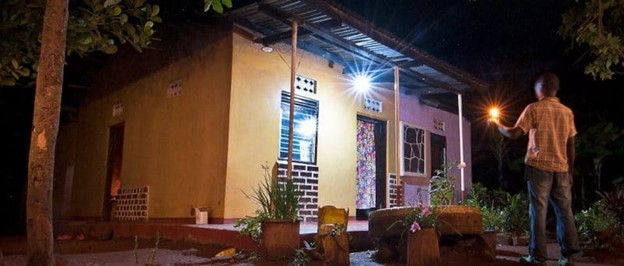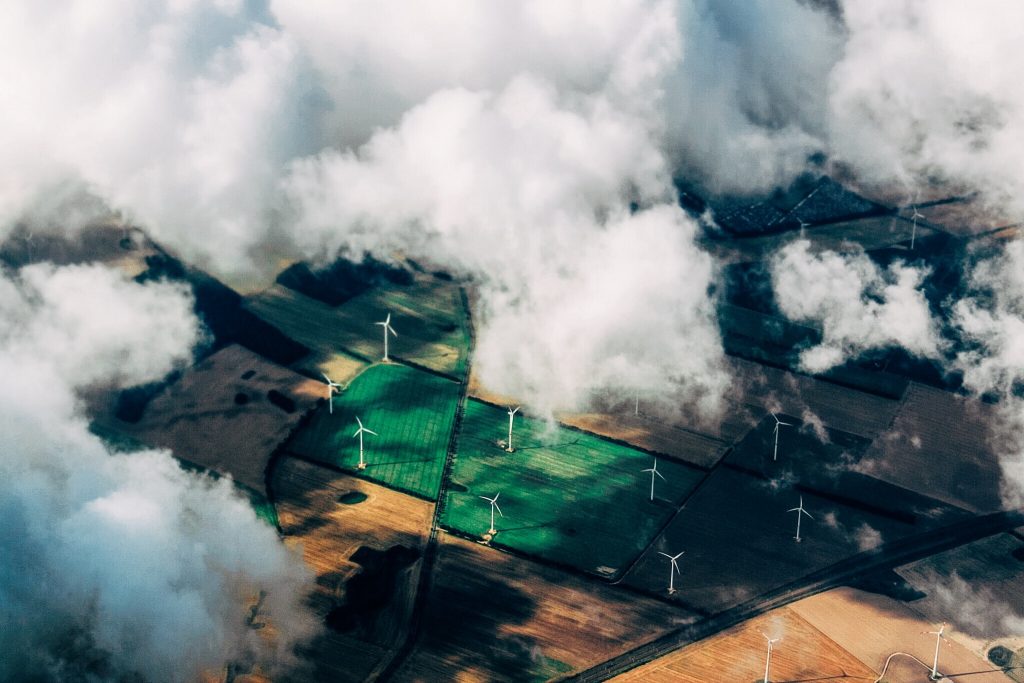Rural Electrification of Africa: Current Scenario; Challenges
As a continent, Africa simultaneously displays some of the world’s greatest potential for renewable energy generation, alongside the lowest rates of access to affordable, reliable and sustainable energy. With roughly 600 million people having no access to electricity, nearly 60% of the world’s unelectrified population lives in Africa.
Between 2000 and 2013, the number of individuals in Africa who gained access to electricity doubled, from 9 million to 20 million per year, exceeding the population increase. As a result, the number of individuals without access to electricity has steadily decreased, from 610 million in 2013 to roughly 580 million in 2019.
The majority of progress over the past decade in Africa has been made as a result of grid connections, but a rapid rise has been seen in the deployment of off-grid systems.
However, the health crisis and economic downturn caused by Covid-19 is compounding the difficulties faced by governments as they look to alleviate energy poverty and expand access, pushing countries farther away from achieving universal access. Shifting government priorities, supply-chain disruptions and social distancing measures have slowed access programmes and hindered activities in the decentralized energy access area.
Sub-Saharan Africa, home to three-quarters of the global population without access to electricity, has been particularly hard hit, and recent progress achieved in the region is being reversed by the effects of the pandemic.



